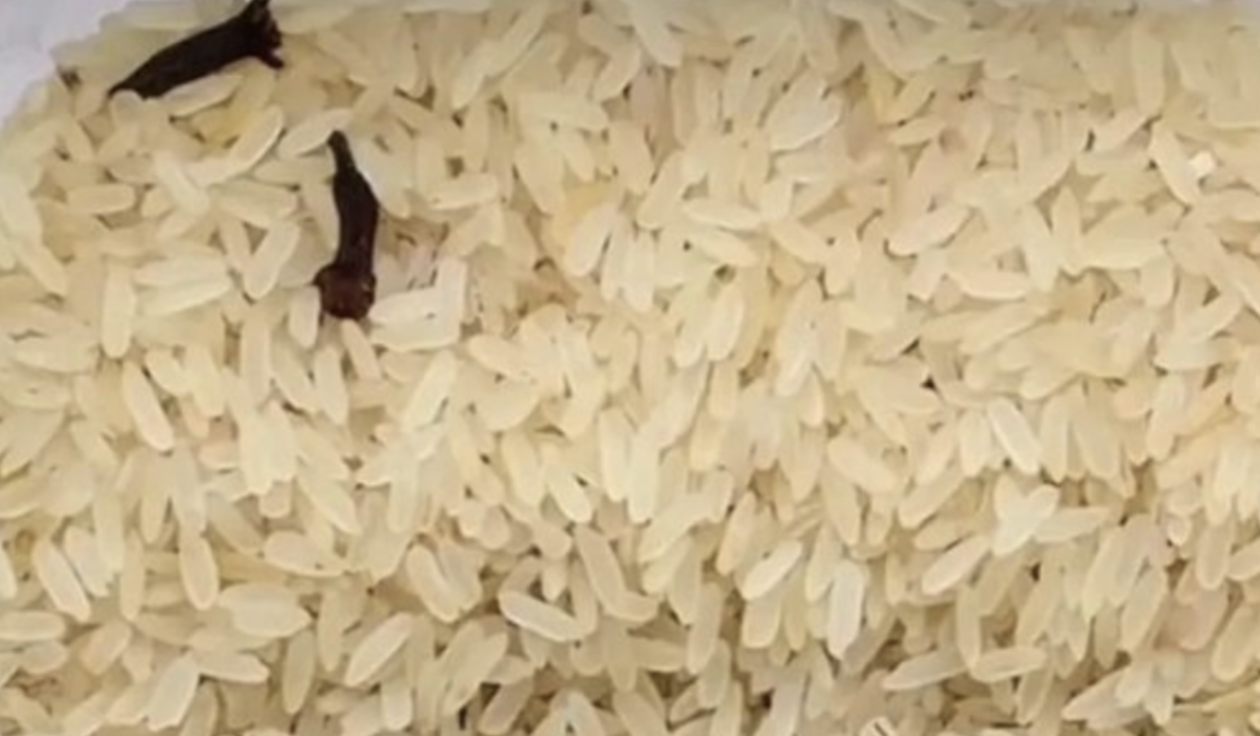
Snowfall is changing all around the world due to the effects of human-caused climate change. This not only affects the inconvenience of having to shovel less snow, but it also poses a threat to our environment and the well-being of billions of people who rely on snow for food and water.
According to climate scientists, the future of snowfall is becoming increasingly clear. As the world continues to warm due to human pollution, precipitation is more likely to fall as rain instead of snow. Although there may be some years of increased snowfall due to extreme winter storms, these occurrences will become less frequent as global temperatures rise. Eventually, snowfall amounts may decline significantly.
Climate scientist Brian Brettschneider warns that the laws of thermodynamics dictate that as the planet warms, more snow will transition into rain. While there may be some variations in the decline of snowfall with rising temperatures, there is a tipping point where the losses will accelerate. Justin Mankin, a climate scientist at Dartmouth College, explains that even a little more warming could trigger significant snowfall declines in regions that haven’t been heavily impacted thus far.
Already, there has been a 2.7% decline in annual global snowfall since 1973, as reported by data from the European Union’s Copernicus Climate Change Service. This trend is most noticeable in the mid-latitudes of the Northern Hemisphere, where the sun’s directness leads to more snowfall. When snow is present, its white color acts as a sunshade, reflecting sunlight and preventing the ground from absorbing heat. Without snow, more sunlight is absorbed, warming the atmosphere.
The consequences of declining snowfall are particularly severe in regions with extreme boom-and-bust cycles of precipitation, such as the Mediterranean climate found in California and the American West. Snowpack, the accumulation of snow on the ground, is crucial for water supplies in these areas. As Erik Lundquist, a climate scientist, explains, the snowmelt runoff during the dry season is essential for ecosystems, agriculture, and cities. Snowpack currently provides more than 50% of the water supply in the arid West, but studies predict a decline of more than one-third by 2100 under a high pollution scenario.
Examining the maps, it’s evident that snowfall has significantly decreased in parts of the western United States over the past 50 years. The Northeast region, on the other hand, has seen an increase in snowfall, which can be attributed to both climate change and the time period analyzed. It’s important to note that snowfall extremes can actually increase with global warming due to enhanced moisture reservoirs in the atmosphere.
Managing water resources in a world with less snowfall is a complex task. The availability of water depends not just on the amount of snow but also on the water content within the snowpack. Additionally, extreme precipitation events associated with climate change can lead to more rain, possibly compensating for snow losses. Nevertheless, the potential impact of missing snow is significant, as highlighted in a study by Justin Mankin, which found that up to 2 billion people who rely on melting snow for water are at risk of substantial declines.
Addressing the challenges posed by the loss of snow requires comprehensive and localized solutions. Additional research is ongoing to better understand the relationship between snow and water supplies at a hyperlocal scale. This knowledge will aid water managers in developing strategies to mitigate or substitute for the lost water from declining snowfall.
As we face this complex issue, it’s crucial to recognize that a constellation of solutions at various scales will be necessary. Our water management practices must evolve to adapt to the changing climate. We must identify and understand the scope of the problem to implement effective strategies and ensure a sustainable future for our water resources.




